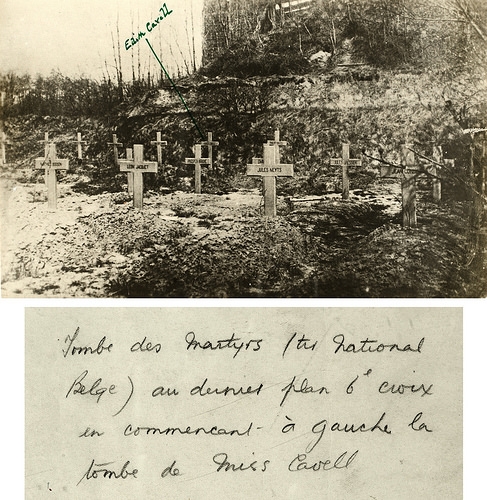More than 150 top secret files from British intelligence agency MI5 of individuals and organisations involved in spying or being watched have been released online.
They contain details of spies operating around the world, mostly of British, German, Dutch or American origin.
But there are also details on Mata Hari, the notorious spy and entertainer, Edith Cavell, the famous nurse who saved soldiers from German-occupied Belgium, Arthur Ransome, author of Swallows and Amazons and Ezra Pound, the American poet and author.
The spy agency even kept files on the Boy Scout Association and their links with scouts in Germany and other countries.
Surveillance
The files, which have been released by the National Archives in London, include interrogation reports, letters, postcards, and photos of people and organisations under surveillance.
They cover the First World War period from 1914 to 1919 but in many cases extend beyond that.
They are part of the wider security service files (file ref: Kv 2) held by the National Archives at Kew, west London.
Dr Stephen Twigge, Records specialist at the National Archives, said: “The files reveal the importance of the security service in safeguarding the nation during the First World War.
“Now that we have made the files available online as part of our First World War 100 programme, people across the globe can discover the secret history behind the war for themselves.”
The files include reports on the Bolshevik Party and the British Communist party as well as influential political figures and known fascists and communists such as Leon Trotsky and Vladimir Lenin.
Highlights
Among the highlights in the files are:
Photos of Edith Cavell’s grave and other martyrs’ headstones at their place of execution in Belgium. The photos were sent by the French authorities to MI5 to pass on to Edith’s mother. There is a letter from her thanking them.
 Edith Cavell’s grave
Edith Cavell’s grave
The file on Mata Hari, convicted and executed for spying on behalf of Germany, includes photos from publications and newspapers on her arrest, conviction and execution including letters and an interrogation report.
Among them is a report from the Home Office to aliens officers at “Approved Ports” describing her as a “handsome bold type of woman, well dressed” and instructing she should be detained if she tries to enter the United Kingdom.
Description
The report, dated December 15 1916 gives a full description: Height: 5′ 5″ build medium, stout, hair black, face oval, complexion olive, forehead low, eyes grey-brown, eyebrows dark, nose straight, mouth small, teeth good, chin pointed, hands well-kept, feet small. Aged 39.
The report adds that she is the mistress of Baron E. Vander Capellan, colonel in Dutch Hussar Regiment.
George Veux Bacon was an American journalist recruited as a spy for Germany in New York. He was caught with material used to write invisible messages which was found after chemical tests were done on his socks. In a letter to the Brish Home Secretary asking for a pardon he wrote: “The adventure for which I was punished was a foolish and theatrical one…not through hatred of Great Britain or her allies but simply for excitement.” He was sentenced to life imprisonment.
Arthur Ransome
There is a small photocopied picture of Arthur Ransome. He went to Russia as a correspondent of the Daily News. He was considered a Bolshevik and married Trotsky’s secretary.
Leopald Vieyra was a German First World War one spy of Dutch origin. He was a London cinema manager and film agent and was caught scratching naval intelligence to the Germans on films.
Sidney George Reilly, British so called “Ace of Spies,” worked for British Intelligence in the Soviet Union after the Revolution. In 1915 he was in New York and suspected by the Russians of being a German spy. In 1925 he was lured back to Russia and executed.
Kurt Jahnke operated out of the German Consulate in San Francisco in 1915 and 1916. When America entered the war he moved his base to Mexico City. He was said to have “peculiar eyes like a pig” “being fond of woman” and a “frightful snob.”
Fritz Joubert Duquesne, a German spy, was an African/American who was arrested in New York in 1918 masquerading as an Australian. He was responsible for the bombing of the British ship Tennyson.
Sir Roger Casement
Sir Roger Casement was hanged for his part in working with Germany and Irish Nationalists in planning the Easter Rising. The file includes reports from British prisoners of war on him visiting them whilst interned and recruiting for the Irish Free Brigade.
The Boy Scout Association files contain reports about the impact of the war on the German Scout movement and the political consideration of their links to British Scouts and other organisations in Europe.
There are letters objecting to German scouts attending the international jamboree in Olympia, notes about the “red” boy scout movement and a request for French scouts to send courier pigeons with messages from England to France at the end of the war.
Source: The National Archives press release
Date of press release publication: 10/04/2014
Images courtesy of The National Archives
Posted by: Mike Swain, Centenary News
